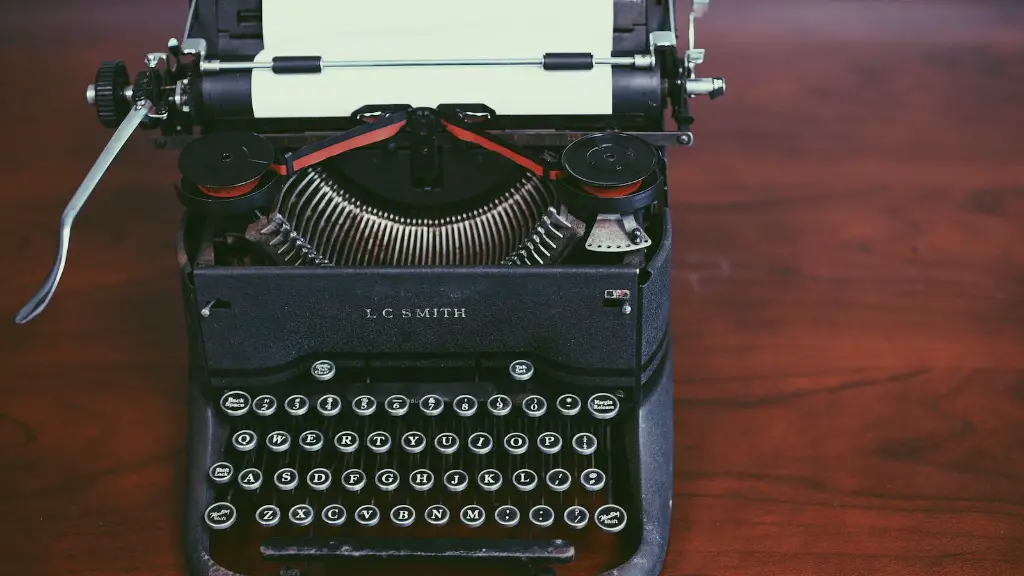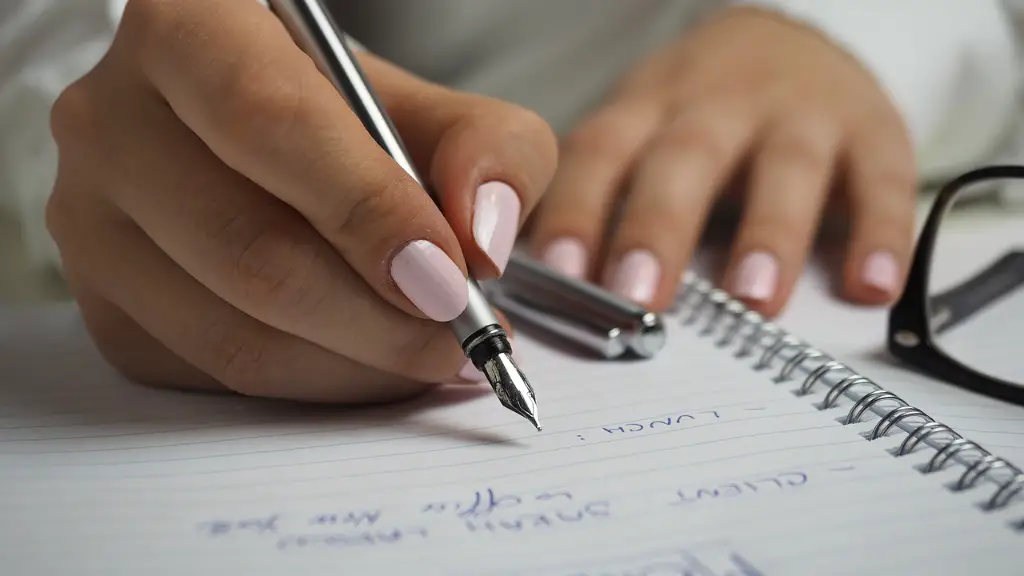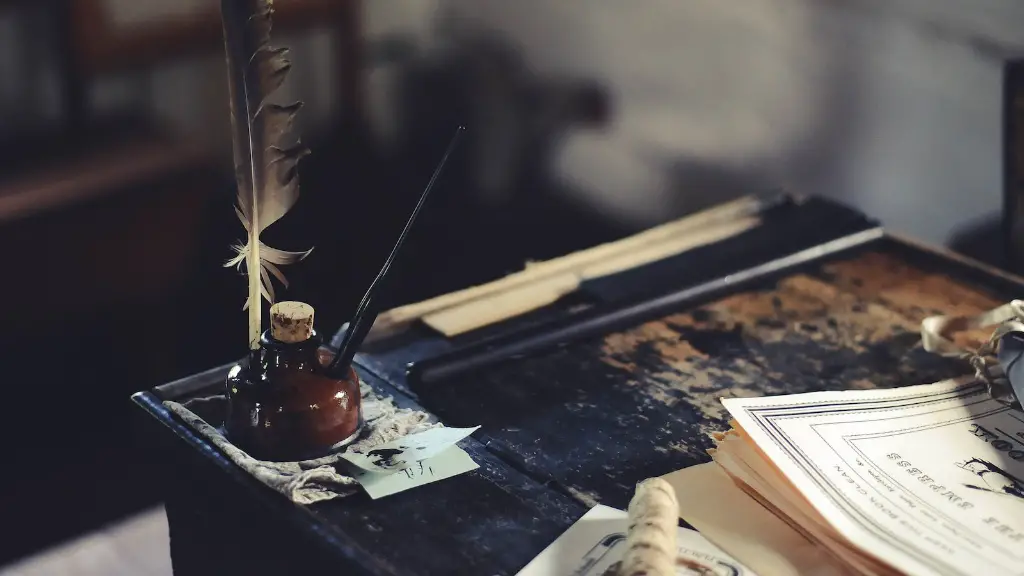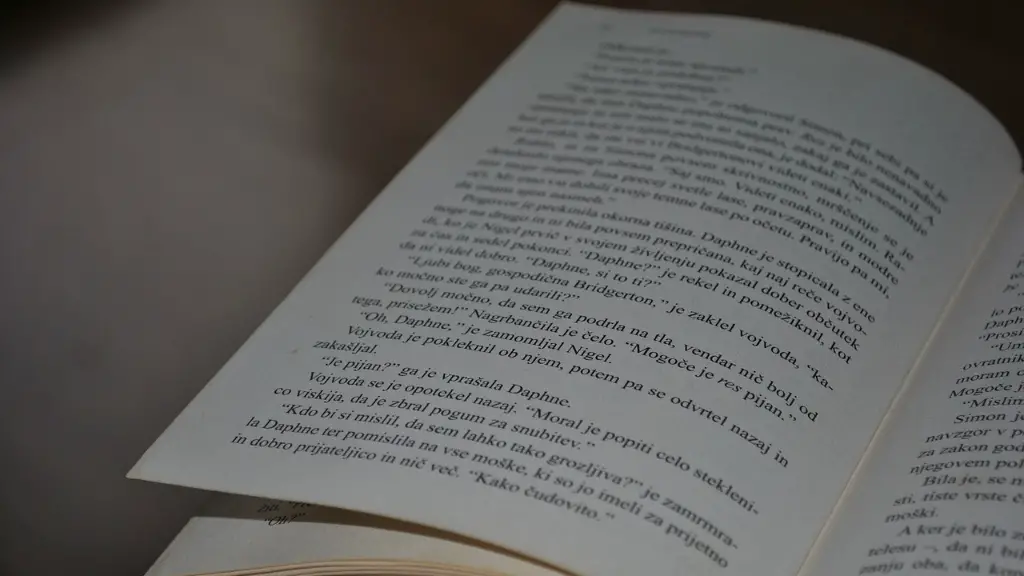Are there rules to Poetry?
Poetry is an art form, sensitive to creative composition and interpretation. For centuries, poets have expressed the depths of their feelings, thoughts and experiences through writing. But are there any rules to poetry?
The answer may surprise some – yes, there are rules. And while they can vary depending on the type of poem, there are some essential constructs which every poet should consider. Fundamentally, poetry relies on structure and form. It is a physical art form and proportion is key.
The traditional form of a poem will include a rhythm, meter and a distinguished, uniform arrangement of the words on the page. The rhythm, or ‘beat’, of the poem involves the pattern of emphasized syllables which add to the poem’s poetic meter. The meter, on the other hand, is the sum of one or more metrical lines which indicate the timing of the lines when spoken aloud. Additionally, this structure also involves the use of figures of speech, such as metaphors, similes and alliteration, which further create a deeper, more moving quality to the poem.
Furthermore, any poem should have a subject – a topic, experience or feeling to be explored, examined and finally expressed. This subject must be considered in relation to both form and content. Through the use of poetic devices, writers must aim to evoke an emotion or reaction from the reader. This requires consideration of the audience, the occasion, and the context of the poem, as well as the phrasing and symbolism the poet chooses to use.
Ultimately, these rules and observances play an important role in the development of a poet’s mastery with their craft, and in the production of poetic works which succeed in capturing an emotion or idea. Poets, therefore, must practice, revise and write with an awareness of these rules if their works are to achieve their desired effect.
Rhythm and Meter
Rhythm and meter are essential components of a poem. They create a poetic pulse which sets the mood and tone of the poem, and facilitates emotion. Variations in the way a poem is written can alter its meaning and its impact on the reader. For example, a slow, steady rhythm creates a relaxed feel, while an upbeat, faster rhythm can be used to build suspense or excitement.
The speed, or ‘tempo’, of a poem is an important element to consider. Different speeds can signify different emotions and themes. For a poem to have an effective tempo, poets can use techniques such as repetition and variation to create subtle changes in the poem’s speed or energy. By using sound to suggest the need for speed or change, for instance, poets can evoke various emotions in the reader.
Aside from the speed of a poem, the type of meter also gives a poem its distinct rhythm. This forms the foundation for the poem’s structure. For example, a metered poem may rely on four metrical lines, known as quatrains, to be written in iambic meter. This meter follows a pattern of one unstressed syllable followed by a stressed syllable. On the other hand, a free-verse poem may have no specific meter or rhyme.
A poem’s rhythm and meter play a major role in creating a poetic work of art that conveys emotion, thought and feeling. In order to produce a high-quality poem, poets should ensure that the rhythm is consistent and that the meter is appropriate for the piece.
Figures of Speech
The use of figures of speech brings a poem to life. It adds texture, flavor, and dimension to the poem, giving it mood and atmosphere. Figures of speech, such as metaphors, similes and alliteration, create images in the mind of the reader and evoke certain feelings or emotions.
Metaphors are words or phrases which compare two distinct things without using a comparison word, such as ‘like’ or ‘as’. For instance, a poet may say that ‘the sun is a golden coin’, to signify its importance or value. On the other hand, similes make use of comparison words, such as ‘like’ and ‘as’, to compare two different things. For example, a poet may refer to the sky as a ‘blanket of stars’, to denote its vastness.
Alliteration is another figure of speech that poets may use in poems. It involves the use of words that start with the same consonant sound in close proximity, often at the beginning of the words. For example, a poet can refer to ‘moody skies’ to assert the feeling of darkness that sometimes comes with a cloudy day.
By combining figures of speech in a poem, poets can create vivid images and moods that capture a particular emotion. Poets should aim to make sure their use of figures of speech is consistent with the rhythm and meter of the poem, and that each figure enhances the overall message of the poem.
Subject and Context
The subject of a poem, together with the context from which it was written, adds depth to any poetic work. The subject refers to the primary focus of the poem – the topic, experience, or idea to be explored and expressed. The context, meanwhile, refers to the occasion for which the poem was written, or the audience it is intended for.
When selecting a subject for a poem, a poet should consider the emotion they want to express, as well as the overall tone of the poem. Each poem should have a central theme, around which the whole poem revolves. In order to give the poem a more personal touch and make it more relatable to the reader, the poet should consider their own experiences and feelings that are related to the subject.
The context, on the other hand, should inform the language and content of the poem. Poets should consider the needs and expectations of their target audience. This can be anything from a political event to a social gathering. By taking the context into account, a poet can ensure that their poem speaks to the right audience in an effective and engaging way.
In conclusion, a poet can take their craft to the next level by cultivating an understanding of the essential components of a poem. By considering factors such as rhythm, meter and figures of speech, as well as the subject and context they are writing in, a poet can ensure that their poem expresses an emotion or idea that is meaningful and effective.
Varying Poetic Forms
Although there are some fundamental rules for constructing a poem, the form of a poem can vary. Different poetic forms will call for different poetic devices and techniques, as well as different tones and styles.
The sonnet is one of the most popular poetic forms. A sonnet usually contains fourteen lines and a consistent rhyme scheme. It has a strict structure which makes it easy to follow and comprehend. By using figures of speech such as metaphors and similes, poets can create meaningful images and comparisons that paint a vivid picture in the mind of the reader.
Although the sonnet may be the most well-known form, there are other forms of poetry. These include free-form poetry, which are unconstrained by any set form or meter; haiku, containing three lines with a distinctive 5-7-5 syllable count; and odes, which are often written in a lyrical style to celebrate a person, place or event. Each of these forms has its own rules, so poets must be aware of the specific requirements that apply.
In short, poetry offers a great opportunity for exploration and emotional expression. While there are essential rules to writing a poem, each poet has the opportunity to explore and express their own emotions, thoughts and ideas with the use of different poetic devices and techniques, as well as different poetic forms.
Strategies for Creative Development
Developing creative writing skills is important for any writer, and especially for poets. To create a successful poem, a poet must be able to express their ideas in a meaningful and effective way. There are a number of strategies that can help to refine a poet’s creative development.
One strategy is to experiment with the form of the poem. Poets can read a variety of poems and experiment with different and unusual structures. This is an effective way of understanding the poet’s own style, as well as discovering new ways of expressing an emotion or idea.
Additionally, poets should explore different writing prompts and challenges. By translating a short story, song, or even a quote into a poem, poets can push their creativity and use a variety of poetic devices to bring the poem to life. Poets should also consider attending workshops or writing groups where they can gain feedback and constructive criticism from other writers.
Finally, poets should aim to write regularly and analyze the work of other poets. This is a great way for poets to learn and develop their craft. Regular practice will help poets to hone their skills and understand their own writing style.
By using these strategies, poets can cultivate their creativity, refine their style and find new ways of expressing their thoughts and feelings through the art of poetry. These practices will enable poets to become more adept at writing and create successful and meaningful works of art.
Publication and Recognition
Publishing a poem can be an extremely rewarding experience. For some, it can be a life-long dream. While there are many opportunities for published authors, it is important to remember that a successful poem will not emerge overnight. It takes time, practice and dedication.
Poets can begin by submitting their works to literary journals and magazines. However, the competition is often steep, so it is important to ensure that the poem is well-crafted, polished and ready for publication. Working with an editor, receiving feedback from peers and revisiting the poem can help to identify any areas which need improvement. Poets should never submit a poem before it is ready – it is important to take the time to do it justice.
In addition to journals, there are many other avenues for publication. Poets can publish their work on their own websites or social media channels. This can be an effective way to increase their exposure and reach a wider audience. Additionally, poets may consider applying for a poetry competition. These can provide poets with the opportunity to gain recognition and build a fan base.
Ultimately, being published is an incredibly rewarding experience. Poets should not be intimidated by the prospect – with hard work, dedication, and practice, their dream of publication may not be far away.





